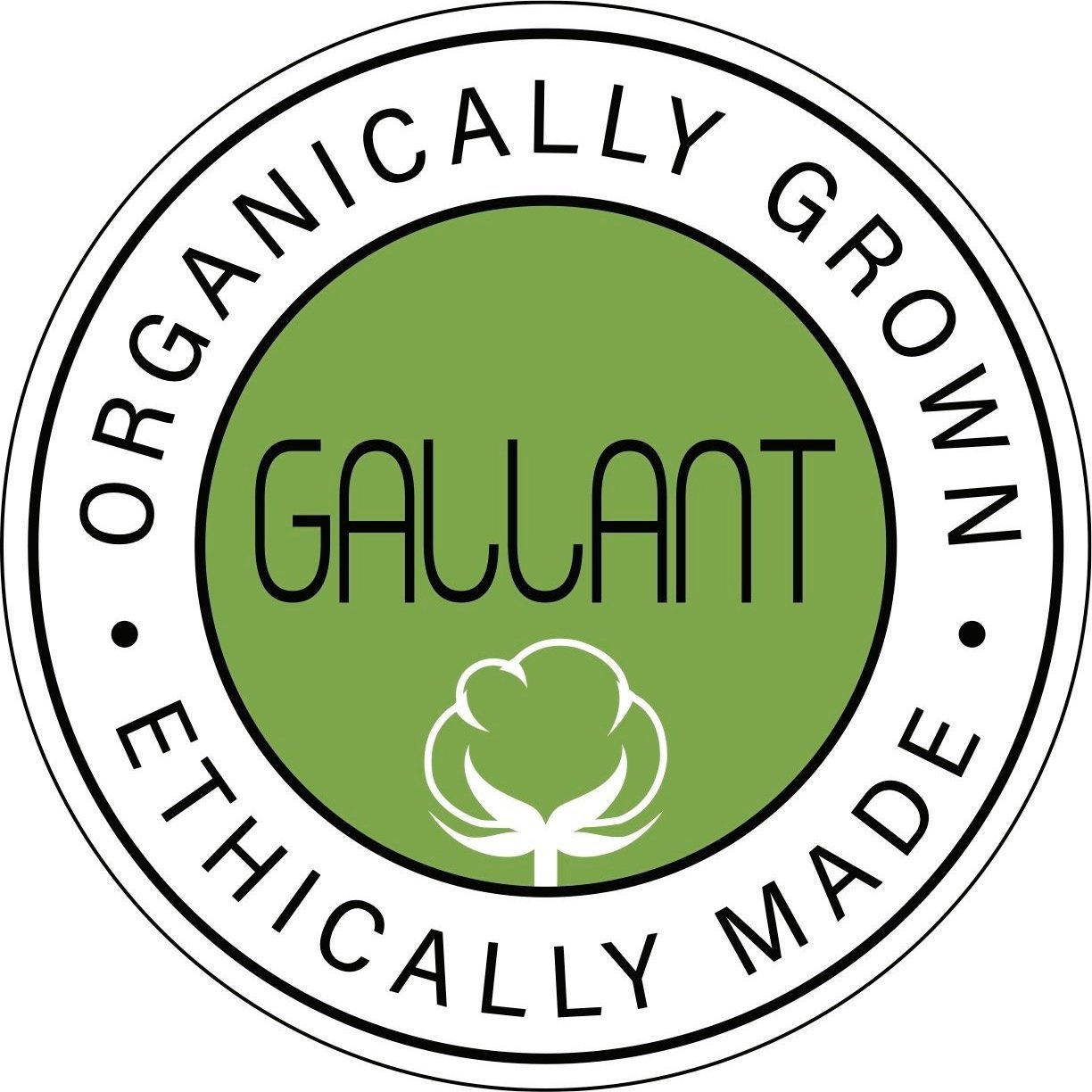Very Simple way to compost at home
If you hate throwing these food scraps into your trash bin and sending them to landfills, then there is something you may be able to do at home: Composting!
While practicing physical distancing you may have been spending a lot of time in the kitchen, experimenting with new recipes or remaking your favorite dishes. You may have even found ways to reduce food waste with proper planning. As much as we try to reduce waste there are few things we cannot avoid wasting, like vegetable and fruit scraps, eggshells, coffee grounds, and more.
WHAT IS COMPOSTING?
“Compost is organic matter that has broken down through the process of being exposed to air and water, and creates a soil-like mixture that’s full of nutrients and is great for gardening, farming, landscaping, and potting plants.” According to the Environmental Protection Agency (EPA), food scraps and yard waste together currently make up more than 28 percent of what we throw away, and should be composted instead. Making compost keeps these materials out of landfills where they take up space and release methane, a potent greenhouse gas.
WHAT ARE THE BENEFITS OF COMPOSTING?
Composting does more than improving soil health, it:
Enriches soil, helping retain moisture and suppress plant diseases and pests.
Reduces the need for chemical fertilizers.
Encourages the production of beneficial bacteria and fungi that break down organic matter to create humus, a rich nutrient-filled material.
Reduces methane emissions from landfills and lowers your carbon footprint.
Soils also require less fertilizer when compost is added because it holds moisture, which saves water, which saves money!
(Source: EPA)
HOW DO YOU COMPOST?
First, you need to find a space to compost. If you have a backyard then you may be able to compost in an open pile. You can make your own compost bins at home or even purchase compost bins online if indoor composting works better for you. Below are the steps to compost:
START GATHERING YOUR FOOD WASTE
To compost, you need 4 elements: Water, Oxygen, Nitrogen, and Carbon. According to the Rodale Institute, these are necessary because:
Water is necessary for sustaining the microbial life in the pile and oxygen maintains aerobic conditions.
Nitrogen-rich materials, commonly referred to as “greens,” are typically moist and contain a higher ratio of nitrogen to carbon. Greens are food wastes, grass, coffee grounds, and others.
Carbon-rich materials, or “browns,” help balance the green materials and are typically dry, brittle materials like leaves, straw, newspaper, and wood chips.
What counts as Greens and Browns?
Greens:
Hair
Most food wastes
Coffee grounds and filters
Vegetables and fruits
Eggshells
Flowers
Fresh grass, leaves
Browns:
Soiled napkins and paper plates
Egg Cartons
Newspaper
Leaves and straw
Wood chips
Yard debris
What to Avoid!
Plastic
Glass
Metal
Styrofoam
Meat*
Dairy*
Oily products*
Fatty products*
*These materials can be composted but they risk attracting pests and causing odors if not managed properly. Compost them only if you are experienced.
(Source: EPA, Rodale Institute and NPR)
Small list of food waste to compost. Source: NPR
Prepare Scrapes for the Pile
You can keep a container in the kitchen to collect your food scraps. Keep adding your scrapes to it. When it is filled, empty it into your compost pile. You can also store these food scraps in your freezer or fridge to avoid smell and flies. “Cutting, chopping, and crunching food scraps will increase their surface area, accelerating decomposition. However, too much cutting creates excessive moisture. Aim for diversity in size and shape when preparing food scraps”, says the Rodale Institute.
(Source: Rodale Institute and NPR)
Mix the Scrapes and Manage the Pile
When you are mixing and managing the pile, think of lasagna layering. When layering you want the “browns” on the bottom. Browns allow water and air to flow. Add your “greens” in the center and top off the pile with “browns”. You can continue to alternate brown and green layers as compostables are generated and added to the pile. Brown layers should be two or three times thicker than green layers. If you want to, “… keep things moving, you'll want to turn or rotate the pile, perhaps with a stick or spade.”
(Source: Rodale Institute and NPR)
Composting is not an easy task so you will most likely run into some troubles. Your pile may get too dry or too wet and even attract flies and pests. Below are some common issues you may run into while composting:
Your community garden, local farmer’s market, and schools might accept your compost. Litterless has compiled a list of places where you can compost in each state HERE. Gallant’s reusable canvas tote bags are 100% compostable/biodegradable as they made from organic cotton canvas.
Need more information on composting? Below links might be helpful:
“How to Compost At Home”, NPR
“Backyard Composting Basics: A Cheatsheet”, Rodale Institute
“Composting At Home”, EPA
“Composting at Home - The Green and Brown Alternative”, Cornell Waste Management Institute


